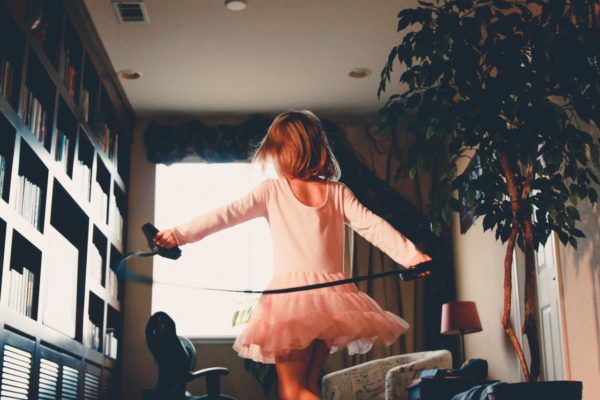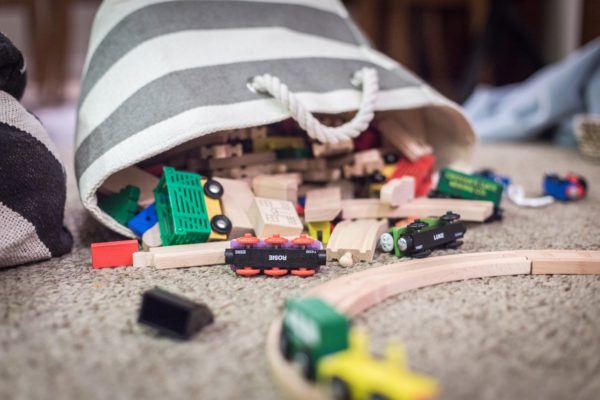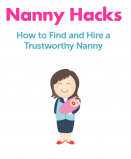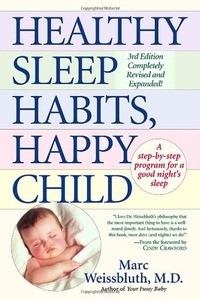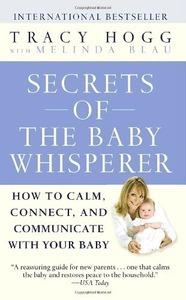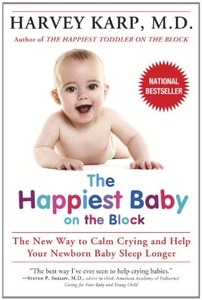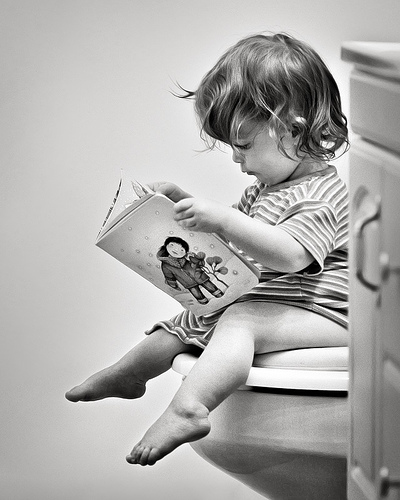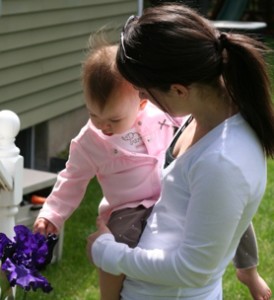There is a lot written about how to ready your little ones for daycare, but what about parents? This is a transitional time for you as well. Here’s a quick survival guide to get through the transition.
Visit the school often
Get to know the team that will be working with your child. Before your child’s first day, spend time shadowing the class so you are in tune to what your child’s day will be like. Being able to visualize what they are doing throughout the day will help you feel more connected. My daughter’s class always had playground time at 9:30, snack at 10:00 and lunch at noon. Just knowing what she was doing at different points during the day provided me with a lot of comfort.
Make Day 1, Just Daycare
Having a day that is just daycare focussed can ease some of the stress for parents. For example, schedule your child’s first day for a time when you are not working (perhaps a day before you return to work). This will help avoid added stressors like getting yourself ready, commuting to work and in general being focussed on work related items.
Use Technology
So many schools ofter apps like Munchkin Report where you can log in to see your child’s activities and pictures of them throughout the day. This is an amazing way to see what your child is doing and engage them in questions about their day as soon as you pick them up.
Create a Night Before Checklist
Mornings are often the busiest times in the house. Taking time each night to prepare will reduce morning chaos. Restock the diaper bag, make note of anything you might want to tell the teacher, check the weather to make sure the change of clothes is temperature appropriate.
Treat Yourself
Sending your child to school at any age can tug on the heartstrings of the most stoic parent. If you choose to do a just daycare day, use the time to do something nice for yourself – have lunch with friends, get a massage, go for a quiet walk. You deserve it!

